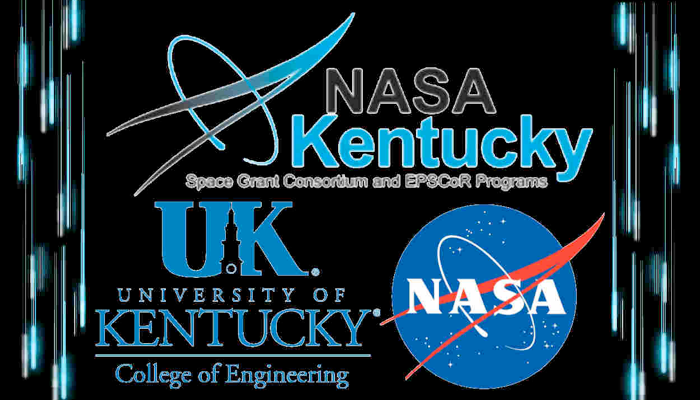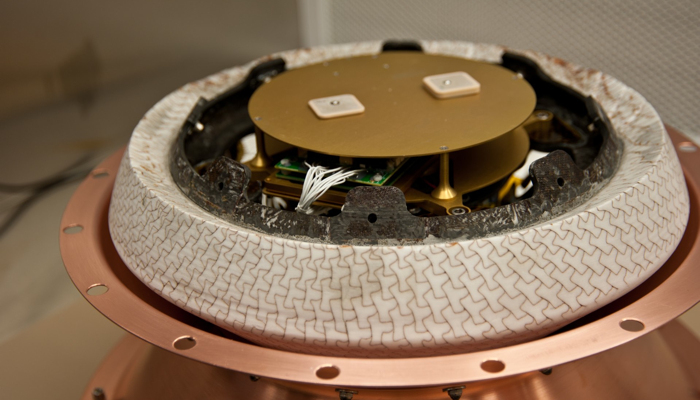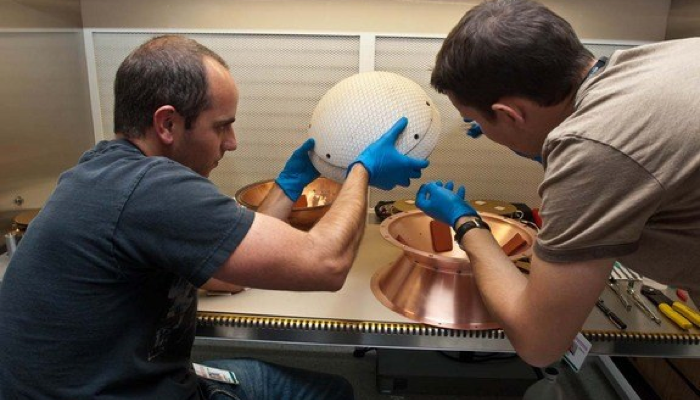(Imported from old site; original post: Wednesday, October 17, 2012)

At around 2pm today, I received an email from my attorneys, informing me that they have the receipt of my patent application being received and recorded at the USPTO. This is good for two reasons:
1)Nobody can steal my idea (sort of…the intricacies of this are briefly discussed here).
2)I can FINALLY tell people what Project SvN is!
Project SvN is a simple consumer device built with the intention of following the spirit of the applicable regulations, but doesn’t allow the regulations to compete with user-friendliness. This product is more environmentally-friendly in its operation than all the other widely sold commercial products of the same type that currently exist in this world, while still being extremely economical.
This product is to be the replacement for all portable fuel container nozzles. Yep. It’s a nozzle.
“That doesn’t sound exciting…”
Pfffft! Have you used the modern day nozzles that are sold in retailers like Walmart and Lowe’s? They are a tad bit hard to use. And by “tad bit”, I mean people have posted countless videos and an even larger number of entries on forums across the Internet complaining about these new nozzles.
“Why don’t you just buy the ‘regular’ nozzles with the vent in the back of the container.”
That’s a great idea! Why didn’t I think of that? Man. I wasted all that money and time for nothing…except this is [thankfully] not the case. Earlier in this post, I referred to “applicable regulations”. This is a reference to CARB, which stands for California Air Resources Board. This is the group that regulates what is and isn’t allowed for a variety of things related to ANYTHING unwanted that may enter the air. This includes portable fuel containers (PFCs), and any related equipment.
The little vent near the back of the container of the “regular” PFCs we’re all used to would almost never be closed by the consumer during storage of the fuel. I can attest to this, because I used to do the same thing without thinking. I was never raised to do otherwise (because nobody really thought about it). What do we know about gasoline and other common fuels? They all evaporate at room temperature quite easily. That’s why even being around fuel with some type of flame or spark is so dangerous: evaporating easily means a large amount of vapors. What do fuel vapors do when exposed to even a simple source of ignition? Explode. Kill people. Bad news. But I digress…
It is this constant evaporation of the open vents that concerned CARB (among other things). See, while the evaporation was negligible to the consumer, it wasn’t to the environment when you consider how many people were doing this. Just guessing, I’d say at least 75% of the total population of PFC consumers. To put this number into perspective, more than 10 million PFCs are sold annually in the U.S. annually. This is why no modern PFC has a vent in the back.
The other problem was people that would just blatantly leave the caps off of those fuel containers. And I’ve done this before, as well. Why? Because who wants to get gas all over their hands? Not me. Sometimes, if I got gasoline on the nozzle tip (which was often), I would leave the cap alone, mow the grass or whatever while waiting for the gas to dry (evaporate), and then come back later and close the cap. Problem: while the gas from the nozzle tip was evaporating, so was gas from inside the container. Again, imagine how many people were doing the same thing. This results in a more than trivial amount evaporating into the air. Not to mention if someone would accidentally hit the container with their foot while the cap is off, gasoline can freely spill out and onto the ground.
And a third main problem: overflowing. This is typically caused by one of two ways, in two different circumstances:
- Vehicle fill-ups. Some people will fill up their vehicles at home (very few) and others at the company in which they work (many more of these people than the home people, obviously). With the old-style PFCs, they don’t just “kick-off” like the pump at the gas station. The vent in the back allowed them to keep pouring. And it is really hard to tell when the gas is nearing the top unless you have a great ear. So, of course, 95% of people doing this will get some sort of overflow–some more massive than others.
- Not paying attention. “I don’t want to mow the freakin’ lawn. It’s just going to grow back next week.” During these thoughts of hatred for the green blade, you may not notice the fuel nearing the top of the lawn mower or other lawn instrument. Typically what happens in these types of situations is you see the fuel before it crests the top. The problem is that it is rising wayyyyy too fast for you to retract the nozzle from the soon-to-be-overflowing-area. In your haste to prevent the overflow, you jerk the container back as quick as you can. You soon realize that, not only was it too late to prevent overflow from getting everywhere (costing you money), but the jerking motion caused more fuel to spill. Great. MORE money.
There are some other issues with that type of portable fuel container, but if I’ve not bored you to death yet, I don’t want to hit you with anything else, because you can probably barely hold your eyes open as it is.
“I’m so bored! Talk about your product already!!”
Fine. You convinced me. Or rather, the imaginary person yelling that in my head when I wrote that convinced me. But that’s neither here nor there…
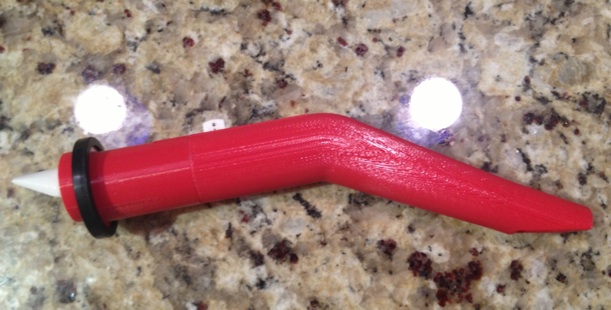
First thing of note is that it is self-ventilating, like all CARB-approved nozzles. This is a requirement. Mine is unique in the way that it doesn’t use a physical separator inside to separate the air and fuel. Instead, it is built in a certain way internally in to order allow a “dynamic skin” to form between the air and fuel, effectively separating the air and fuel. This dynamic skin is made possible with the geometry of the inside walls and the surface tension of the fuel. If air needs more space in order to “gulp”, then the skin moves to allow this. But the skin moves MUCH more than it “breaks”, meaning that the flow of air and liquid is very quick through the nozzle. This translates to a quicker outflow of fuel, quicker than any nozzle using a physical means of separation that I’ve seen.
Why would you want to the flow quicker if we were just talking about how overflowing is bad in the section above? We’ll get to why this has nothing to do with overflowing in my product shortly, but I would like to address why I want the flow to be quicker. Most PFCs are used to fill up consumer outdoor equipment (e.g. lawn mowers, weedeaters, etc.), and all of this equipment requires you fill up an exposed tank. By “exposed”, I mean that not only are the contents of the fuel in the equipment tank exposed to evaporation into the air, but so is the fuel coming out of the container/nozzle. Spatter is hard to avoid with self-ventilating nozzles (full disclosure: mine doesn’t avoid this very well, either, but when you must make it self-ventilating, you just make it the best way possible). However, what you can control is how long you are exposing both the fuel being poured and the fuel already in the tank to the air in the surrounding environment. The only way to do this is to increase your flow rate. The quicker you can get that tank filled up, the less time fuel has to evaporate into the environment. And mine is exponentially better than any CARB-approved PFC out there (not mathematically exponential, but “salesmanly” exponential…it really is much much better, though).
“A quick-flow nozzle. Woot. Yay. You want a trophy?”
But wait! There’s more! Back to the question of overflowing from earlier. Take a look at this picture:
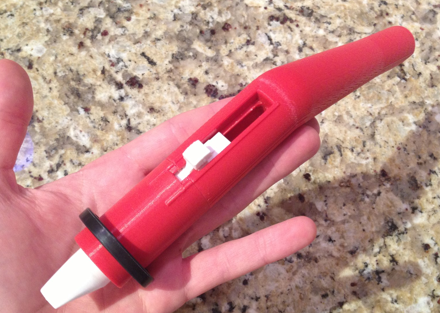
You see that white thing on the top? That is a slider switch. Push it forward (outward from the fuel canister), and the fuel flow starts; pull it back until you hear it snap, and it stops the fuel, also locking the nozzle to make sure none spills if the container is knocked over. The snap also lets the user know they’re not losing any fuel (and thus money) due to evaporation. It’s sealed tight. And that’s not even the best part. The reason it’s a slider switch is so that you don’t have to have it either on or off. Instead, you can have anything in between. You, the user, control how much fuel pours out. No longer is that riding lawn mower or other device with its horribly placed tank opening going to make you spill fuel everywhere (I’ve been there…).
To use in the just mentioned situation, with the nozzle in the off position (all the way back toward you/the PFC), place the nozzle into the tank opening. Then, slide the slider switch to the on position. So far, so good; we haven’t spilled any fuel. As the fuel reaches near the top, begin to slowly slide the switch toward the off position, but stop somewhere in the middle. This causes the flow to back off in a linear manner, and then the closer the slider switch gets to the off position, the flow decreases (or backs off) in an exponential manner (this time, I DO mean the mathematical version of exponential). So now, the user can very quickly fill the bulk of the tank, and slowly fill that last inch or two so no overfilling occurs. And even with this slow part included, this nozzle still enables tanks to be filled much quicker than the already approved CARB nozzles.
With the tank filled, the user continues to pull the switch all the way to the off position until it snap-locks into place, and the nozzle can be removed from the tank opening. The fuel container is now already closed, and all that’s left is to close the equipment tank. Done. No spilling. No problem.
“Why do you keep saying ‘CARB approved nozzles’?”
Good question, Mr. Voice-In-My-Head! There are certain requirements that must be completed in order to be considered a CARB approved nozzle. These requirements are all meant to ensure a minimal amount of fuel enters the atmosphere. The exact number escapes me, but there are less than 10 requirements in order to be considered CARB approved. Most companies have taken to adopting the somewhat standard model of new nozzles: crap. And it’s funny, because one of the requirements, which is that the nozzle must have auto-closing capabilities to the point where the user can do nothing and the nozzle close by itself, is the reason why all the nozzles out there are so hard use. This difficulty in use actually causes the user to get fuel everywhere just trying to use it as intended. After about the fifth time using it, getting fuel on your hands at least five times now, you start to get a little bit frustrated. I say “at least five times” after the fifth use because you can get fuel on your hands while opening the beast AND allowing it to close…and close forcefully, I might add, creating a splatter effect.
At this point, I am talking about a particular nozzle, but it is by far the most popular of the modern nozzles CARB approved. The other nozzles have their own issues that are equally as aggravating with their associated paradoxes. Paradoxes where the product is clearly trying to prevent something (like spillage), but instead causes it to happen much more frequently, like what was just described above.
 Now, these nozzles aren’t all bad like I’m sure you’re thinking I’m getting at here. Sure, I prefer my product, but then again, I am a bit biased… However, would it still be bias if I told you that my product incorporates the best features of the CARB approved nozzles, and invents added/improved features to those features and adds even more features? (Did I use the word “features” enough?) Why reinvent the wheel, you know?
Now, these nozzles aren’t all bad like I’m sure you’re thinking I’m getting at here. Sure, I prefer my product, but then again, I am a bit biased… However, would it still be bias if I told you that my product incorporates the best features of the CARB approved nozzles, and invents added/improved features to those features and adds even more features? (Did I use the word “features” enough?) Why reinvent the wheel, you know?
One think I liked about modern day nozzles is how they stop filling up the tank when the gas rises to a level above the nozzle opening that is well inside the tank opening. This is due to air pressure, as a vacuum is formed inside the tank when air no longer enters the PFC (remember, PFC = portable fuel container). But some nozzles had an opening essentially straight out the side of the nozzle, and others straight out the tip (like the old style nozzles). I decided to combine these worlds into a slanted opening design, as seen here:
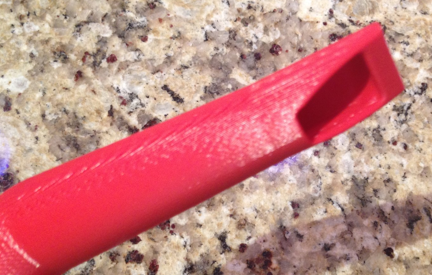
Why slanted? Well, remember, I’m also going for speed of flow, as well as all the other goals I have for this product. You can get a much greater flow area out of the nozzle with a slanted opening than you ever could with a strict perpendicular (side) or tip opening. Greater flow area here, means a greater flow volume. Less time filling up, means less evaporation into the atmosphere. Victory.
“I notice you haven’t said if your nozzle follows the CARB requirements…”
You’re very observant, Mr. Myself. If you go by the strict requirements set forth in the regulations, then no, it does NOT meet the requirements. However, there is what’s called an “innovation clause” in the same regulation document that enables me to attempt to obtain CARB approval if my invention is able to demonstrate that it is a product embodying the intent of the regulations. If it hasn’t yet been clear that I’ve focused completely on the end-goal of the regulations, then know that this is exactly what was focused on during creation. And it was fairly easy to really take the intent to heart, because I want the same thing! Less pollution. And this is an area that doesn’t really affect any industries in a negative way. Sure, PFC manufacturing costs went up a bit, and they passed that on to consumers, but that has already been done, and my nozzle will be no more expensive to make than any other nozzle. May even be cheaper than a few CARB approved nozzles, but that’s pure speculations, as I haven’t analyzed manufacturing costs well enough to comment on that. But I have a feeling…
The specific requirement I do not meet is the auto-closing mechanism, which is usually accomplished with a very stiff spring to close a plunger or valve. My nozzle can actually handle an auto-close mechanism, but doing so would make it about as frustrating to use as everything else that’s out there. And if something is frustrating, people will find ways of circumventing that feature. Remember earlier, when I commented about how “people have posted countless videos and an even larger number of entries on forums across the Internet complaining about these new nozzles”? Well, that wasn’t the whole story. These complaints don’t go unanswered. They are answered by consumers of all different types.
One of my favorite videos to illustrate this point is a video of a man in his workshop showing how to cut certain pieces of a CARB approved nozzle in order to make it less frustrating to use. And I’m usually fine with people molding the world around them to better suit themselves (I am an engineer, after all). But in this case, it is unacceptable. Why? What this man did, as well as many many others who either created their own method or followed a method online, was circumvent not just the auto-closing mechanism, but also the sealing mechanism! This means fuel can just evaporate freely into the atmosphere. I mean, he put some aluminum foil over the opening, and we all know that aluminum foil was created for the purpose of forming a perfect seal over a pressurized-due-to-evaporation substance in a container…yeah…it doesn’t work that way.
And this isn’t the only video. There are many more, and forums dealing with this subject are numerous–about as numerous as they are colorful in their language concerning modern-day PFCs.
I have created a product that is user-friendly, easily works with the modern ventless containers, creates a very tight seal, and takes the initiative in other areas that decreases the amount of evaporation in ways previously thought impractical to address. Because of this, I believe that my nozzle system should very much fall under the Innovation Clause of the regulations, and CARB approval granted. The sooner this product is granted approval, the sooner we can begin another substantial decrease of unnecessary emissions into the environment by consumers. The previous substantial decrease of these emissions being with the initial regulations of CARB, banning the vents on PFCs, as well as regulating other areas of PFCs.
I want user-centered products at Nimex Technologies.
Not product-centered products.
People will use them.
Use them Wright.
